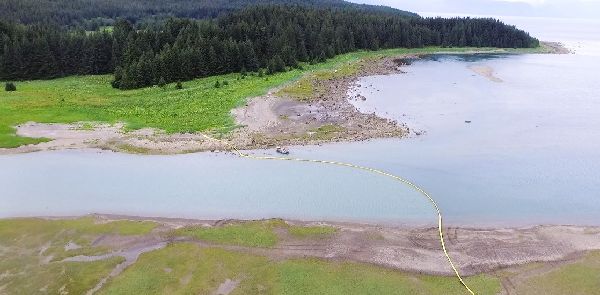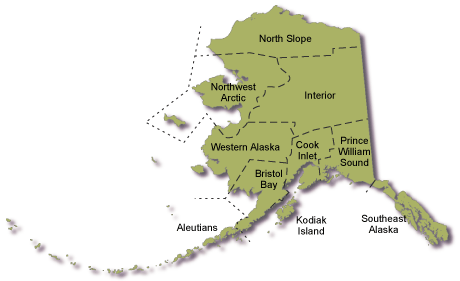Geographic Response Strategies

Geographic Response Strategies (GRS) are oil spill response plans tailored to protect a specific sensitive area from impacts following a spill. Environmental conditions at GRS sites frequently change according to season, storm impact, erosion, substrate redistribution, and other factors, therefore GRS are intended to be flexible, allowing spill responders to modify them as prevailing conditions dictate. These response plans are map-based strategies that can save time during the critical first few hours of an oil spill response. They show responders where sensitive areas are located and where to place oil spill protection resources. You can learn more about Geographic Response Strategies by reading our Frequently Asked Questions.
Geographic Zones

For the purposes of oil spill planning, Alaska has been divided into ten geographic zones. GRS have been developed within each zone by workgroups under the Area Committee's governance. GRS workgroup participants include State and Federal resource trustee agencies, local spill response experts, and local stakeholders. Public involvement is essential to ensure sites selected and the strategies developed reflect the environmental protection priorities of local communities, stakeholders, and resource users.
The Geographic Response Strategies (GRS) and tactics described on this site and in the area plans, are NOT prescriptive in nature. They are recommended deployment configurations for initial responders. They can, and should, be adjusted to fit the current situation and environmental conditions.
Announcements
- The most current version of the GRS site evaluation form is available under the GRS Links section of this page. We welcome your input, which should be sent to dec.spar.grs@alaska.gov.
Upcoming Events
- No upcoming events are planned at this time.
Primary Participants
- Alaska Department of Environmental Conservation
- U.S. Coast Guard, Sector Anchorage
- U.S. Environmental Protection Agency

 Indicates an external site.
Indicates an external site.